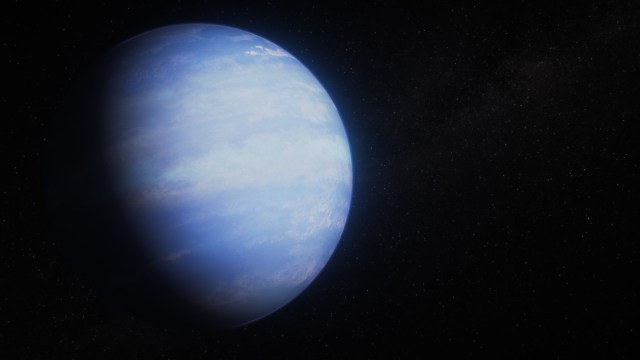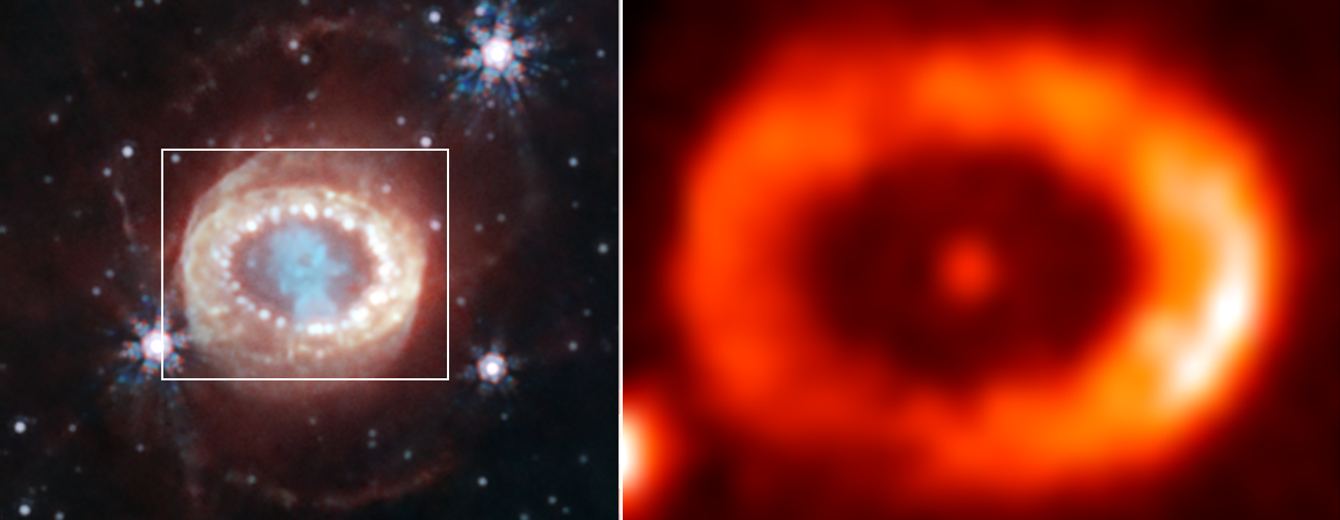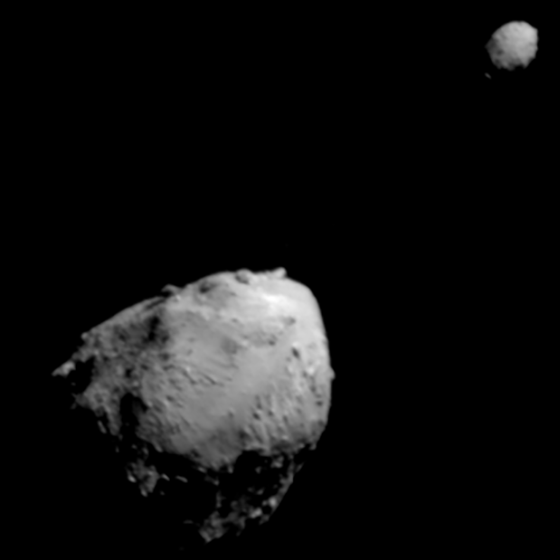NASA has sent a whole host of spacecraft across the Solar System and even beyond. They range from crewed ships to orbit and to the Moon to robotic explorers. Among them are a range of mission classes from Flagships to Discovery Class programs. Now a new category has been announced: Probe Explorers. This new category will fill the gap between Flagship and smaller missions. Among them are two proposed missions; the Advanced X-ray Imaging Satellite and the Probe Far-Infrared Mission for Astrophysics.
Continue reading “NASA Announces a New Class of Space Missions: Probe Explorers”Astronomers Find a Strange Lopsided Planet

I’ve often stated that planets come in a wide range of sizes but rarely do I find myself stating they come in a wide range of shapes too! The discovery of WASP-107b is a case in point since this planet is the size of Jupiter but only a tenth of its mass. But there’s more… Using the James Webb Space Telescope a team of astronomers have accurately identified that the planet has an east-west asymmetry in its atmosphere, in other words, it’s lopsided. It is tidally locked to the star and on one side, the atmosphere seems to be inflated compared to the other.
Continue reading “Astronomers Find a Strange Lopsided Planet”Webb Sees Asteroids Collide in Another Star System
The James Webb Space Telescope (JWST) continues to make amazing discoveries. This time in the constellation of Pictor where, in the Beta Pictoris system a massive collision of asteroids. The system is young and only just beginning its evolutionary journey with planets only now starting to form. Just recently, observations from JWST have shown significant energy changes emitted by dust grains in the system compared to observations made 20 years ago. Dust production was thought to be ongoing but the results showed the data captured 20 years ago may have been a one-off event that has since faded suggesting perhaps, an asteroid strike!
Continue reading “Webb Sees Asteroids Collide in Another Star System”Webb Finds the Farthest Galaxy Ever Seen (So Far)
There are some things that never cease to amaze me and the discovery of distant objects is one of them. The James Webb Space Telescope has just found the most distant galaxy ever observed! It has the catchy title JADES-GS-z14-0 and it has a redshift of 14.32. This means its light left when the Universe was only 290 million years old! That means the light left the source LOOOONG before even our Milky Way was here! How amazing is that!
Continue reading “Webb Finds the Farthest Galaxy Ever Seen (So Far)”Webb Explains a Puffy Planet
I love the concept of a ‘puffy’ planet! The exoplanets discovered that fall into this category are typically the same size of Jupiter but 1/10th the mass! They tend to orbit their host star at close in orbits and are hot but one has been found that is different from the normal. This Neptune-mass exoplanet has been thought to be cooler but still have a lower density. The James Webb Space Telescope (JWST) has recently discovered that tidal energy from its elliptical orbit keeps its interior churning and puffs it out.
Continue reading “Webb Explains a Puffy Planet”Black Holes Can Halt Star Formation in Massive Galaxies
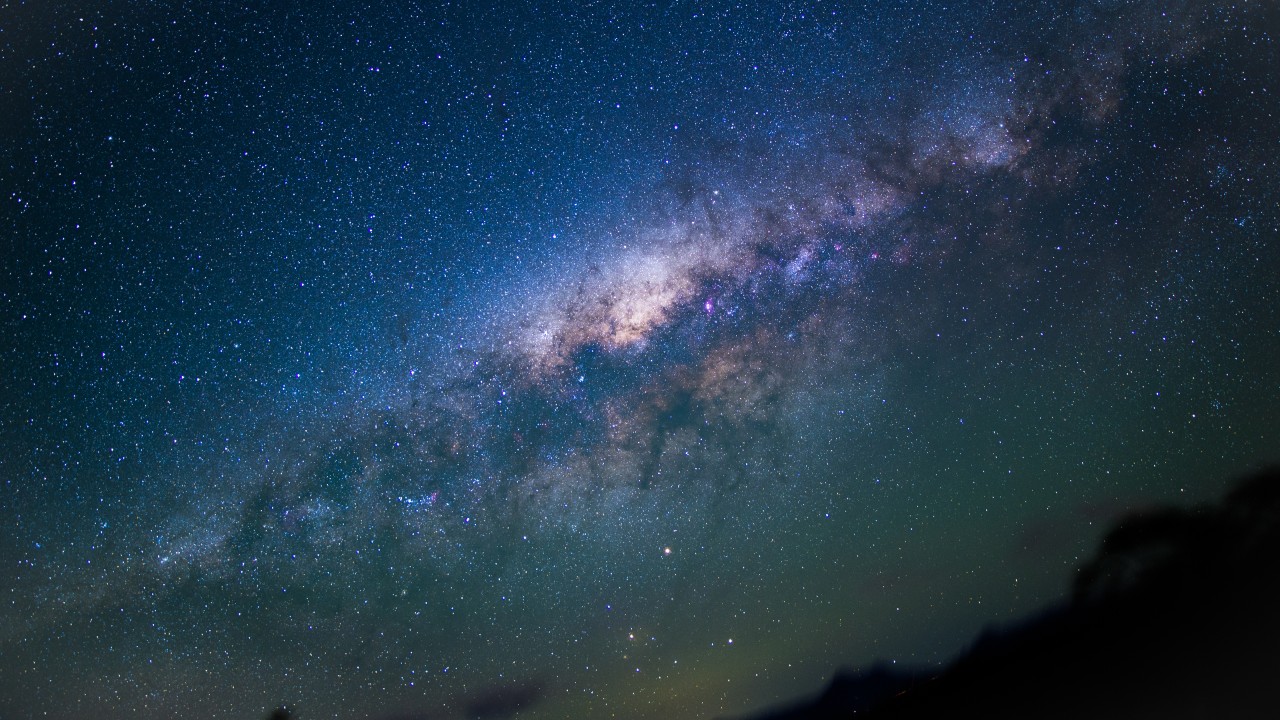
It’s difficult to actually visualise a universe that is changing. Things tend to happen at snails pace albeit with the odd exception. Take the formation of galaxies growing in the early universe. Their immense gravitational field would suck in dust and gas from the local vicinity creating vast collections of stars. In the very centre of these young galaxies, supermassive blackholes would reside turning the galaxy into powerful quasars. A recent survey by the James Webb Space Telescope (JWST) reveals that black holes can create a powerful solar wind that can remove gas from galaxies faster than they can form into stars, shutting off the creation of new stars.
Continue reading “Black Holes Can Halt Star Formation in Massive Galaxies”Finally! Webb Finds a Neutron Star from Supernova 1987A
I can remember seeing images of SN1987A as it developed back in 1987. It was the explosion of a star, a supernova in the Large Magellanic Cloud. Over the decades that followed, it was closely monitored in particular the expanding debris cloud. Predictions suggested there may be a neutron star or even a black hole at the core but the resolution of the telescopes was insufficient to pick anything up. Now we have the James Webb Space Telescope and using its more powerful technology, signs of a neutron star have been detected.
Continue reading “Finally! Webb Finds a Neutron Star from Supernova 1987A”Early Galaxies Looked Nothing Like What We See Today
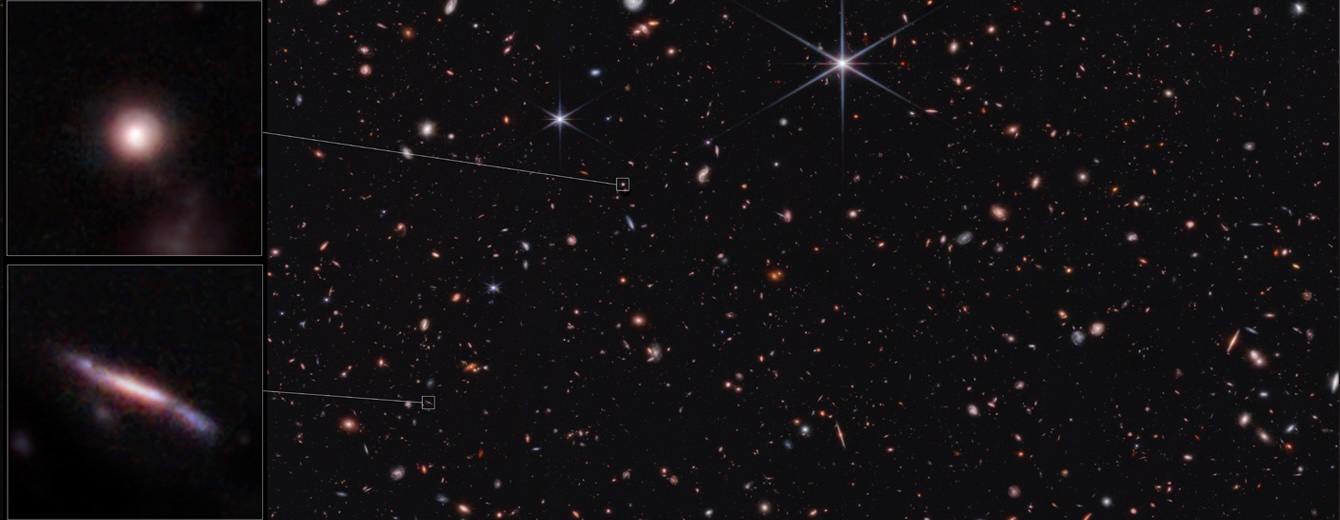
Talk to anyone about galaxies and it often conjurs up images of spiral or elliptical galaxie. Thanks to a survey by the James Webb Space Telescope it seems the early Universe was full of galaxies of different shapes. In the first 6 billion years up to 80% of the galaxies were flat, surfboard like. But that’s not it, there were others like pool noodles too, yet why they looked so different back then is a mystery.
Continue reading “Early Galaxies Looked Nothing Like What We See Today”After DART Smashed Into Dimorphos, What Happened to the Larger Asteroid Didymos?
NASA’s DART mission (Double Asteroid Redirection Test) slammed into asteroid Dimorphos in September 2022, changing its orbital period. Ground and space-based telescopes turned to watch the event unfold, not only to study what happened to the asteroid, but also to help inform planetary defense efforts that might one day be needed to mitigate potential collisions with our planet.
Astronomers have continued to observe and study Dimorphos, well past the impact event. However, Dimorphos is the smaller asteroid in this binary system, and is just a small moon orbiting the larger asteroid Didymos.
The James Webb Space Telescope (JWST) is the only telescope capable of visually distinguishing between the two closely orbiting asteroids. Now, astronomers have made follow-on observations on the system with JWST to see what happened to Didymos after the dust cleared.
Continue reading “After DART Smashed Into Dimorphos, What Happened to the Larger Asteroid Didymos?”A Collection of New Images Reveal X-Rays Across the Universe
One of the miracles of modern astronomy is the ability to ‘see’ wavelengths of light that human eyes can’t. Last week, astronomers put that superpower to good use and released five new images showcasing the universe in every wavelength from X-ray to infrared.
Combining data from both Earth- and ground-based telescopes, the five images reveal a diverse set of astronomical phenomena, including the galactic centre, the death throes of stars, and distant galaxies traversing the cosmos.
Continue reading “A Collection of New Images Reveal X-Rays Across the Universe”



